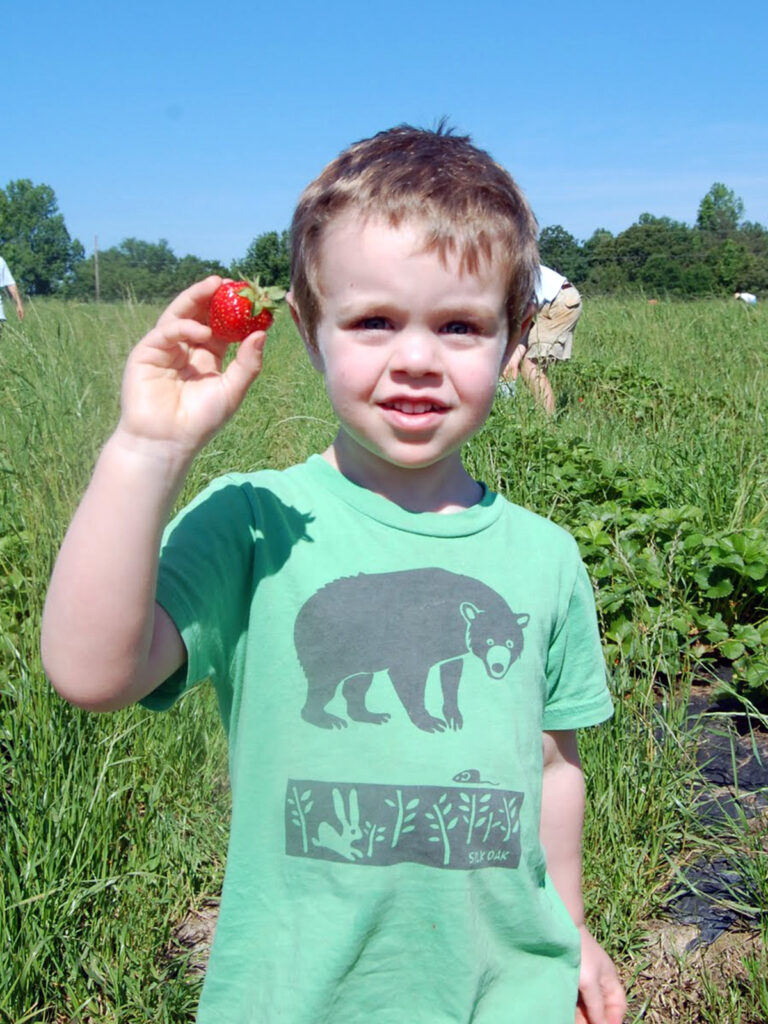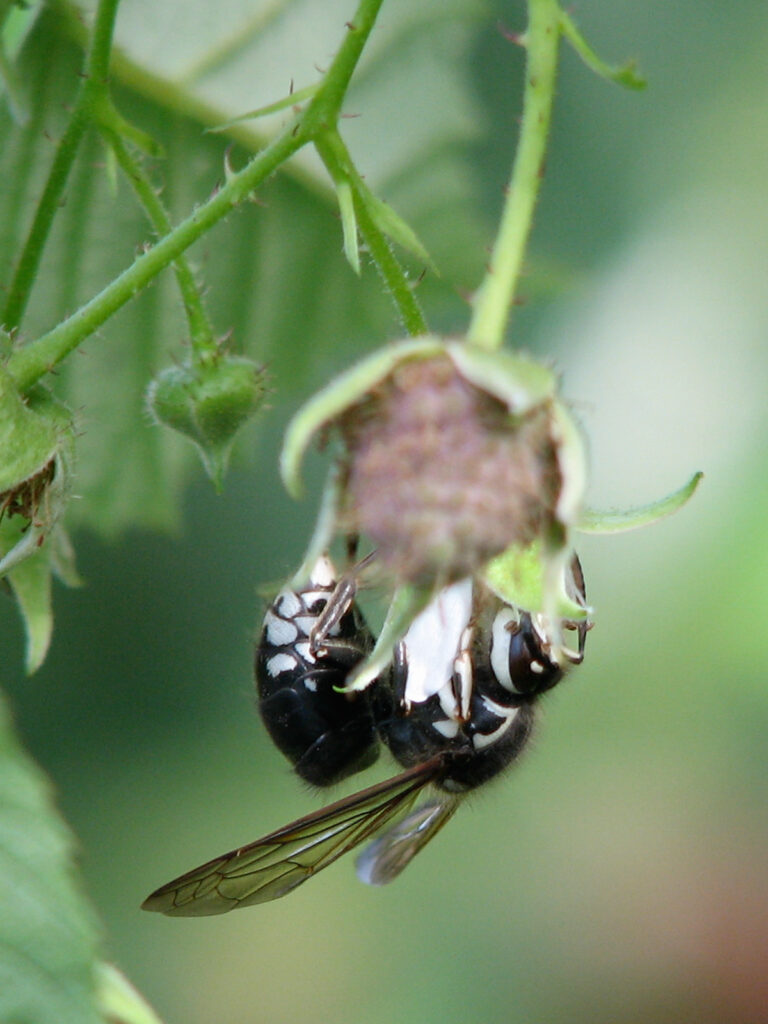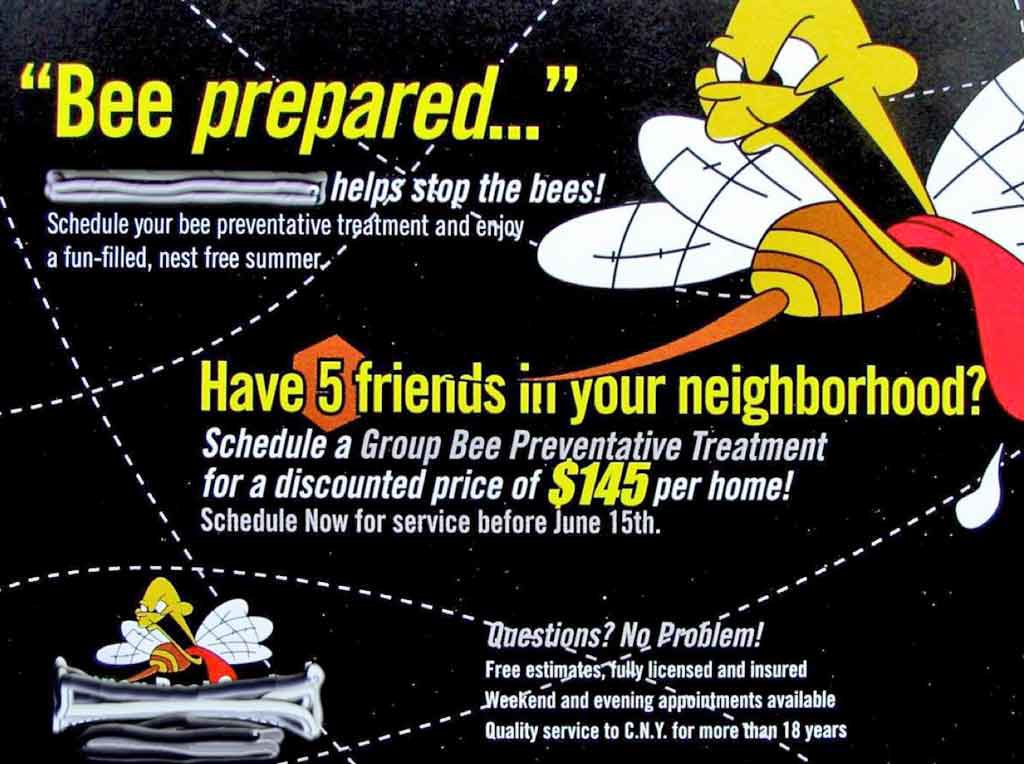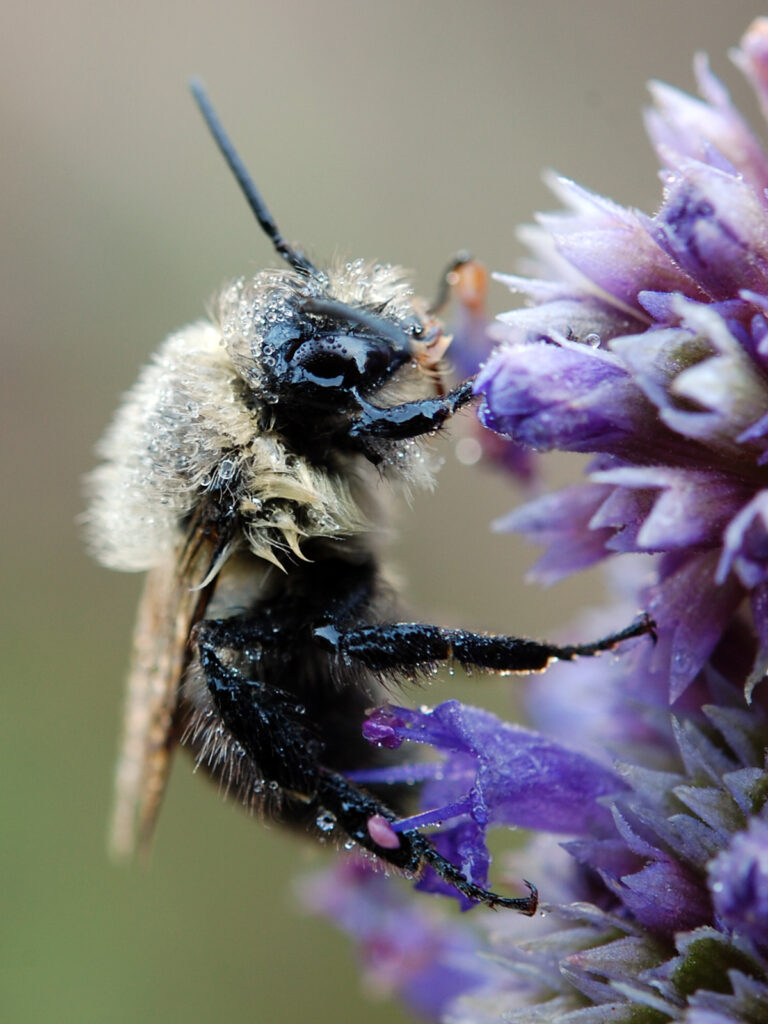
As grandparents, we’re concerned NOT about bee stings today, but about the loss of pollinators necessary to produce food and support healthy ecosystems in the future.
An occasional sting is a small price to pay for these free, essential services.
Kids can thrive in close association with small bees. In fact, one elementary school in Oregon has a large population of just such a small bee nesting in their bare soil, and the kids call them “tickle bees”!
And kids can learn to stay away from bee nests if they’re nesting nearby, just as they learn to stay away from the road — a far greater danger — especially with so many people not attending to their driving these days. Much scarier than bees!
Compare these statistics:
- Fewer than 100 people die from bee stings every YEAR in the U.S.
- 115 people die from car accidents every DAY in the U.S.
This doesn’t keep people from driving, and we can get along without driving sooner than we can get along without food.
Of course, a few people are indeed deathly allergic to bee stings. (I recall that my grandfather was indeed deathly allergic to bee stings.) If someone in our family were allergic to bees, we wouldn’t try to attract them (though neither would we kill them).
Few native bees are aggressive
Fortunately, native solitary bees seldom sting.
Why would they sting? That would likely result in the female dying, and therefore not laying her eggs — her reason for being. And stingers are modified ovipositors, so males cannot sting, however aggressively they may act.

Honey bees, yellowjackets, and hornets — in other words, social insects with nests — are more likely to sting when defending their nests, but even they aren’t interested in stinging when they’re out foraging.
This bald-faced hornet (a wasp, not a bee nor even a true hornet) is foraging in our raspberries and didn’t mind that I was following it around with a camera.
Note that it doesn’t have a hairy body like a bee, so it’s not a top pollinator but it’s nevertheless an important part of our garden.

Sadly, many people’s first reaction when they see a bee is to reach for the insecticide or a shoe. Apparently they believe that getting stung by a bee is a fate worse than death.
And there’s a whole profitable industry that promotes this idea.
If people do get stung, they’ve typically been stung by yellowjackets, hornets, or honey bees, but all bees unfairly get blamed.
Even with our yard increasingly full of bees I can recall getting stung only twice in the last fifteen years or so: once when I grabbed a clothespin along with the bee that was resting on the other side of it, and once when I was out in the early morning wearing my long bathrobe, which gathered up a bee in its folds. Ouch!

All in all, though, it’s been amazing how easy and enjoyable it is to live with the company of our native bees and wasps.
Resources
- Science Daily:
Videos
The Pollinator Pyramid: What we can do in our yard to help bees. This is a 20-minute video in three parts: Creating Habitat, Alternatives to Pesticides, and Combating Insectophobia. Very nicely done.
Community examples
- Pollinator Pathways:
- Seattle’s Pollinator Pathway – a plan to provide urban support to the foundation of the food web, with a mile-long corridor of gardens in planting strips along a street connecting two natural areas
- Xerces Society:
- Bee City USA: “Making the world safer for pollinators one city at a time” – So far, just in Asheville NC, but aiming to inspire other cities to also become “bee cities”!
- Penn State:
- Pollinator Friendly Garden certification – for Pennsylvania residents
- Pollination Guelph:
- Guelph’s Pollinator Park – one of the first and largest pollinator initiatives to occur in Ontario, Canada, and internationally.
- Ecological Landscaping Association:
Carpenter bees
- U.S. Fish & Wildlife:
- Polinizador’s Blog:
